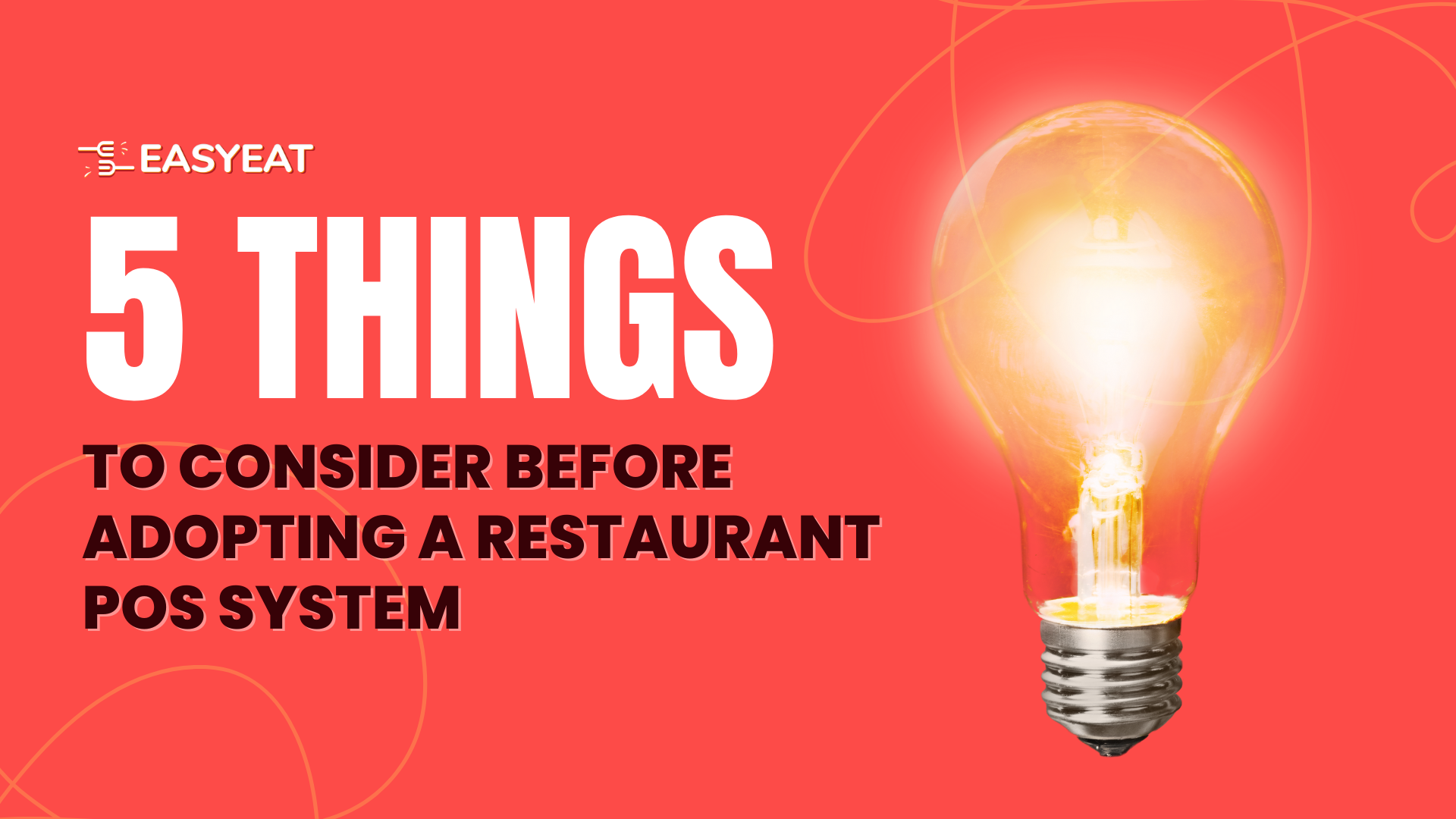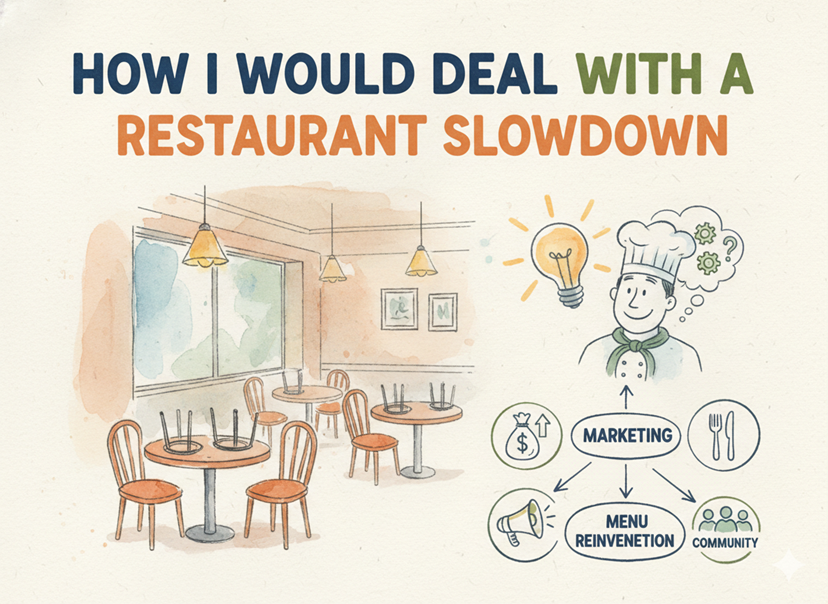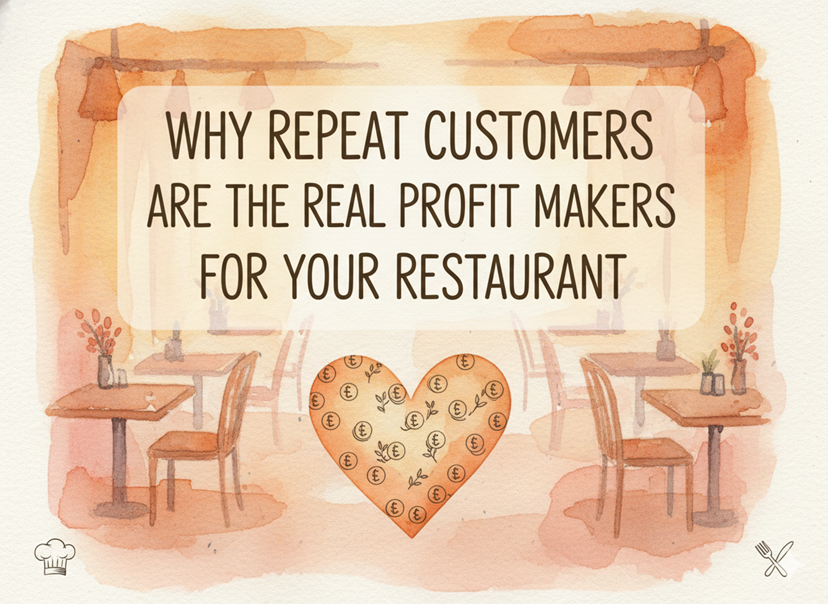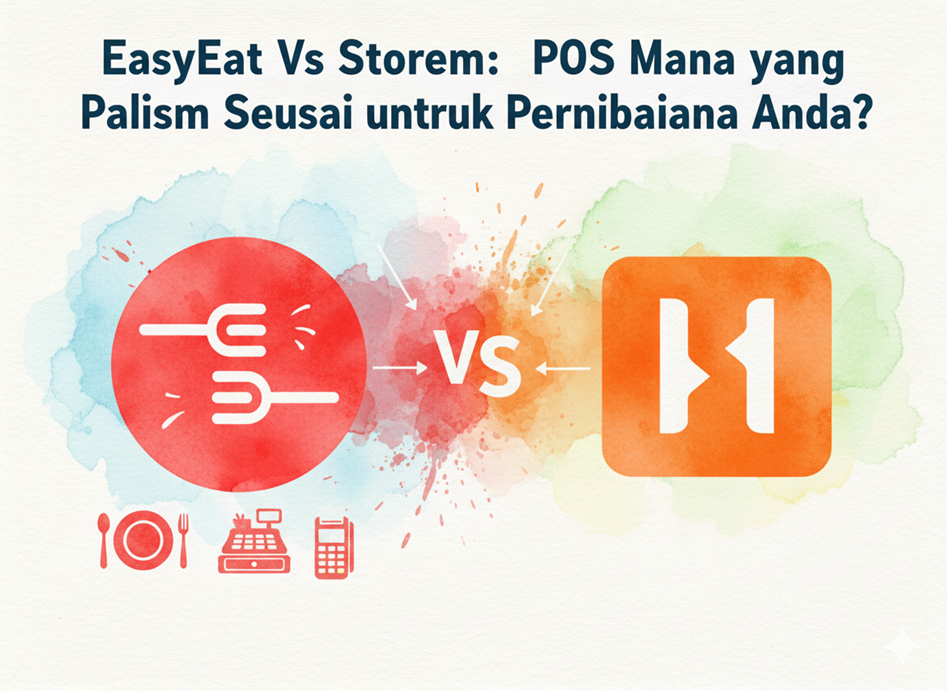When it comes to running a successful restaurant, having the right POS system in place is essential. With the right POS system, restaurants can save time and money, improve customer service, and provide better insights into their operations.
Before investing in a POS system, however, there are several things that restaurant owners should consider. This blog post will discuss five key components restaurant owners should take into consideration before selecting a restaurant POS system. By understanding and analysing these components, restaurant owners can make an informed decision and select the best POS system for their business.
1. Cost
When it comes to adopting a restaurant POS system, cost is an important consideration. The cost of the system and associated software can vary greatly depending on the features and capabilities you need. Make sure to research the different options available and determine what is best for your business. Many POS systems will require an upfront cost for the hardware and software, as well as a monthly subscription fee for access to the system. Additionally, depending on how much customization you need, you may need to factor in the cost of any custom programming or setup.
It’s important to consider the total cost of ownership when making your decision. This includes not only the upfront cost and monthly subscription fees, but also any additional costs for maintenance, support, and upgrades. These costs can add up over time and should be taken into account when making your choice. You should also consider if the system will save you money in the long run, such as through improved inventory management, streamlined operations, and increased customer satisfaction.
2. Compatibility
When it comes to selecting a restaurant Point of Sale (POS) system, compatibility is an important factor to consider. It’s important that the POS system you choose is compatible with your existing system, such as your payment processor, kitchen display system, and other hardware. Additionally, it’s important to ensure that the POS system you choose is compatible with other popular industry software, such as loyalty programs and table management systems. This will ensure that you can take advantage of all the features and benefits that these systems offer, without having to invest in additional software. Finally, make sure that the POS system you select is compatible with mobile devices and tablets. This will enable your staff to take orders on the go and provide a better customer experience. It will also enable you to keep track of inventory and sales data while on the go, allowing you to make better decisions faster and optimise your business operations.
3. Security
When considering adopting a restaurant POS system, security should be a top priority. All of your customer data, payment details, and other sensitive information must be kept secure and protected from hackers. Make sure the POS system you choose has a high-security encryption system to protect your data. Additionally, look for a system that offers two-factor authentication to ensure only authorized personnel can access your data.
It’s also important to ensure that your POS system is compliant with all applicable laws and regulations. This includes the Payment Card Industry Data Security Standard (PCI-DSS) and the General Data Protection Regulation (GDPR). Make sure the POS system you choose is compliant with these standards to avoid any legal issues.
Finally, you should consider investing in additional security measures such as firewalls and malware protection software. These measures can help protect your system from online threats and keep your customer data safe. Taking these extra steps to protect your system will help ensure that your restaurant POS system remains secure for years to come.
4. User-Friendliness
When selecting a restaurant POS system, user-friendliness is an important factor to consider. How easy is it for your staff to use the system? Can they quickly learn how to use the system or will they require extensive training?
The user-friendliness of the system should be evaluated from both the front and back ends. From the front end, consider how intuitive the system is for customers, such as making payments and ordering food. From the back end, consider how easy it is for your staff to input orders, process payments, and manage inventory. The system should provide a clear, concise, and easy-to-use interface for staff to use.
5. Support
When considering a restaurant POS system, it is important to think about the level of support offered by the provider. After all, there may be times when you need help troubleshooting or configuring your system. Make sure the provider offers a range of support options, such as telephone, email, and online chat. If you’re expecting a lot of traffic, you might also want to make sure they have a 24/7 help desk.
In conclusion, these are the five main things to consider before adopting a restaurant POS system. The system should fit within the budget, be user-friendly, have the features the restaurant needs, provide a great customer experience, and have good customer service. Taking these into account will help ensure that the restaurant makes the best decision for their needs.




